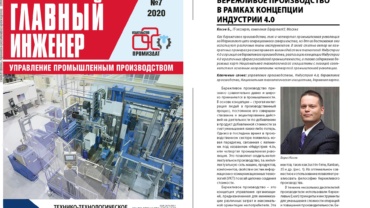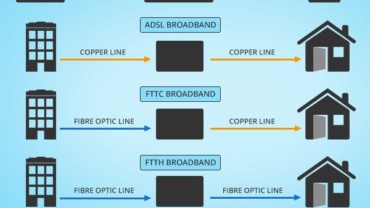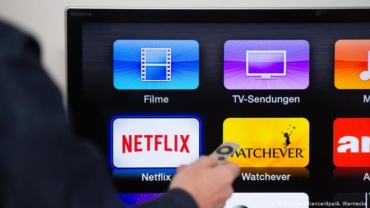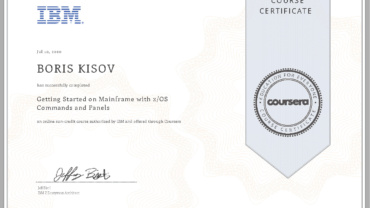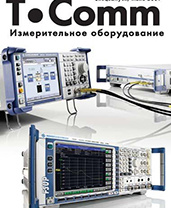BioComp
A biocomputer (also a biological computer, a molecular computer) is a computer that functions like a living organism or contains biological components. The creation of biocomputers is based on the direction of molecular computing. Proteins and nucleic acids that react with each other are used as computational elements.
We can say that molecular computers are molecules programmed with desired properties and behavior. Molecular computers are composed of networked nano-computers. In the operation of a conventional microcircuit, individual molecules are used as elements of the computational path.
Also, the frequent use of biocomputers was widespread in the scientific fantasy literature.
In particular, a molecular computer can represent logical electrical circuits composed of individual molecules; transistors controlled by one molecule, etc. In a memory microcircuit, information is recorded using the position of molecules and atoms in space.
One of the types of molecular computers can be called a DNA computer, in which calculations correspond to various reactions between DNA fragments. DNA computers differ from classical computers in that chemical reactions occur immediately between many molecules independently of each other.
When creating a technique, a person always compared himself with it, had the opportunity to look at himself as if from the outside. With the development of cybernetics and the creation of computers, scientists came to the idea of the similarity of a man and a machine capable of performing information functions, mathematical expressions, logical operations, the accumulation of numerical, text, sound and artistic-graphic data. An artificial computer becomes a human rival and ally in intelligence.
In 1966, J. von Neumann’s book “The Theory of Self-Reproducing Automata” was published, which describes the theory of cellular automata capable of self-reproduction, similar to a living cell.
In 1994, Edlman showed experimentally that DNA molecules can solve computational problems, and those that are most difficult for traditional computers. From this point on, the history of DNA computing has developed.


